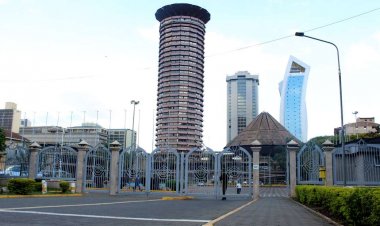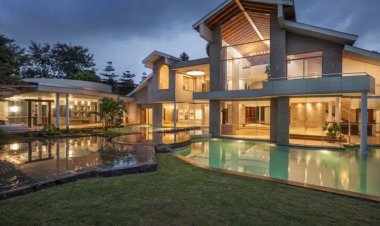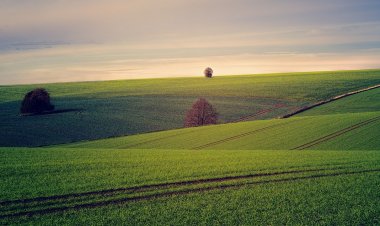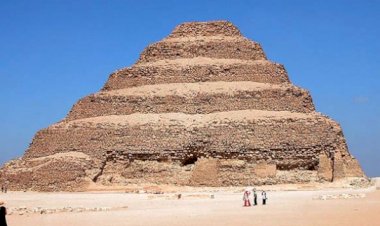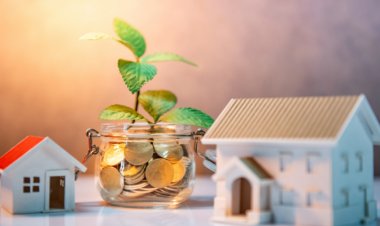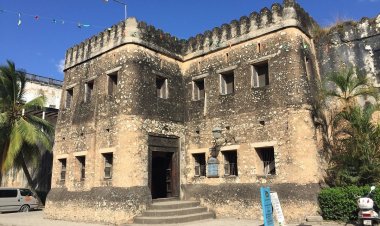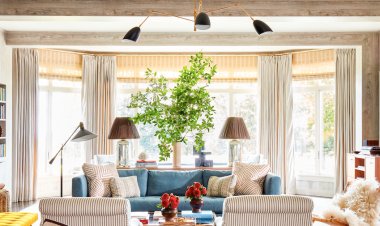Exploring Home Exterior Ideas: A Guide to 5 Roof Types
A well-designed roof not only protects the house from the elements but also enhances its architectural appeal.

The exterior of a home plays a crucial role in its overall aesthetics and functionality. Among the various elements that contribute to a house's exterior, the roof stands out as an essential component. A well-designed roof not only protects the house from the elements but also enhances its architectural appeal. Here, we explore different roof types and discuss their unique characteristics, benefits, and considerations.
1. Gable roof:
The gable roof is one of the most common and recognizable roof types. It features two sloping sides that meet at a central ridge, forming a triangular shape. This design allows for efficient water drainage and optimal interior space. Gable roofs are versatile, compatible with a wide range of architectural styles, and provide excellent ventilation. However, they may be vulnerable to high winds and require proper bracing to ensure stability.
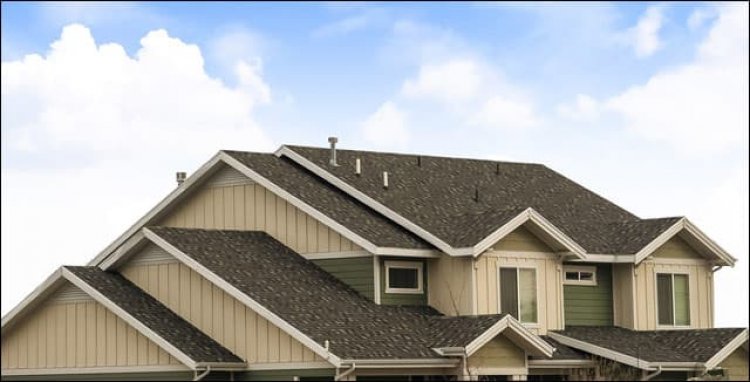 [Gable roof. Photo/Courtesy]
[Gable roof. Photo/Courtesy]
2. Hip roof:
Similar to the gable roof, the hip roof has slopes on all four sides that meet at a ridge. Unlike the gable roof, the ends of the hip roof slope downward, creating eaves on all sides. Hip roofs offer increased stability and are ideal for areas prone to high winds or hurricanes. Additionally, they provide ample attic space and allow for good ventilation. However, hip roofs can be more expensive to construct due to their complex design.
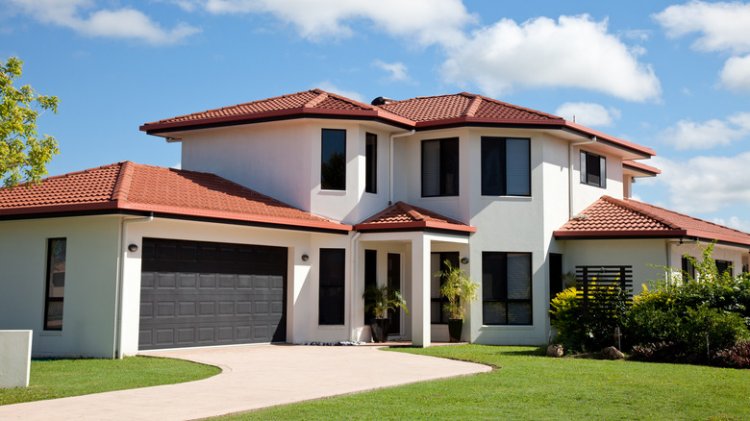 [Hip roof. Photo/Courtesy]
[Hip roof. Photo/Courtesy]
3. Mansard roof:
The mansard roof, also known as a French roof, is characterized by its double-sloping design. The lower slope is steeper, while the upper slope is almost flat. This unique shape adds an elegant and distinctive look to a home's exterior. Mansard roofs provide additional living space in the form of an attic or a full floor, making them a popular choice for homeowners seeking more usable square footage. However, they require regular maintenance due to their complex structure and may be more costly to construct.
 [Mansard roof. Photo/Courtesy]
[Mansard roof. Photo/Courtesy]
4. Flat roof:
As the name suggests, flat roofs have a minimal slope or no slope at all. They offer a clean, modern aesthetic and provide additional outdoor living space, such as rooftop gardens or patios. Flat roofs are relatively cost-effective and easier to maintain. However, proper installation and waterproofing are vital to prevent water pooling and potential leaks. Additionally, flat roofs may not be suitable for areas with heavy snowfall or rainfall.
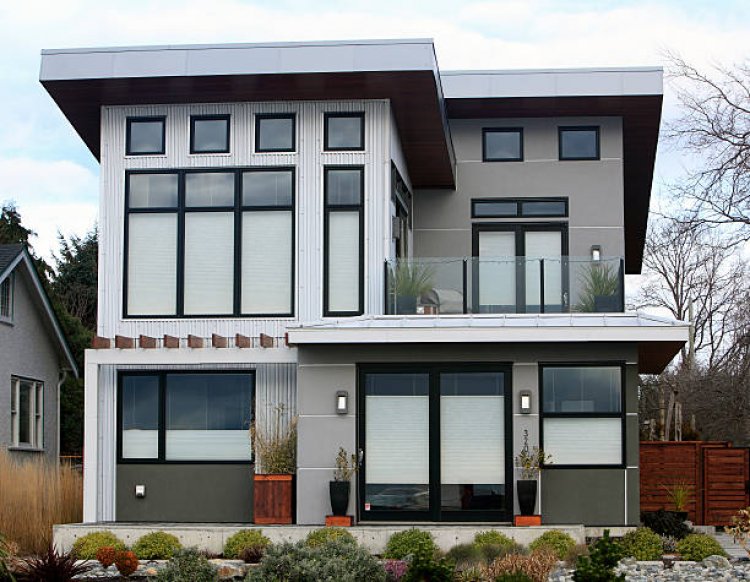 [Flat roof. Photo/Courtesy]
[Flat roof. Photo/Courtesy]
5. Shed roof:
The shed roof, also known as a skillion roof, is a single-sloping roof that is often used for modern or contemporary designs. It has a simple and minimalist appearance, with one side higher than the other. Shed roofs are cost-effective, easy to construct, and provide excellent rainwater drainage. They also allow for flexible interior space and are ideal for maximizing natural light through strategically placed windows. However, shed roofs may have limited attic space and can be susceptible to wind uplift.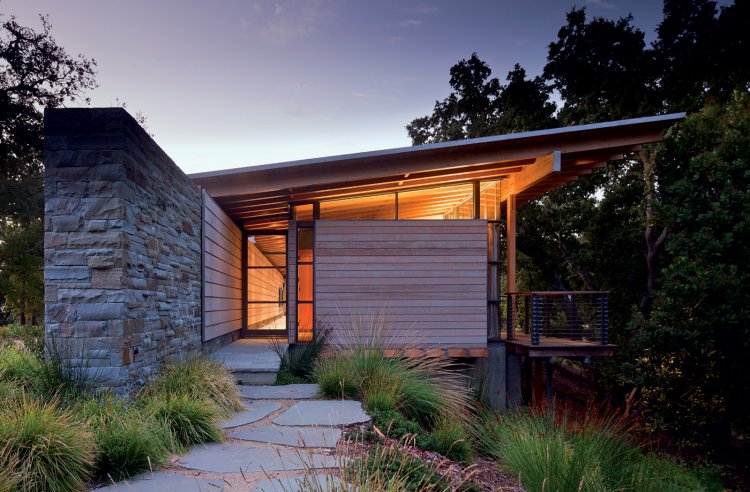 [Shed roof. Photo/Courtesy]
[Shed roof. Photo/Courtesy]
Choosing the right roof type is a crucial decision when it comes to designing or renovating a home's exterior. Each roof type has its own set of advantages, considerations, and architectural implications. Whether you prefer a classic gable roof, a versatile hip roof, an elegant mansard roof, a modern flat roof, or a minimalist shed roof, it is essential to consider factors such as climate, budget, architectural style, and personal preferences. By carefully selecting the appropriate roof type, homeowners can enhance their home's curb appeal, functionality, and long-term value.
If you have a real estate press release or any other information that you would like featured on African Real Estate Blog Post do reach out to us via email at [email protected]









